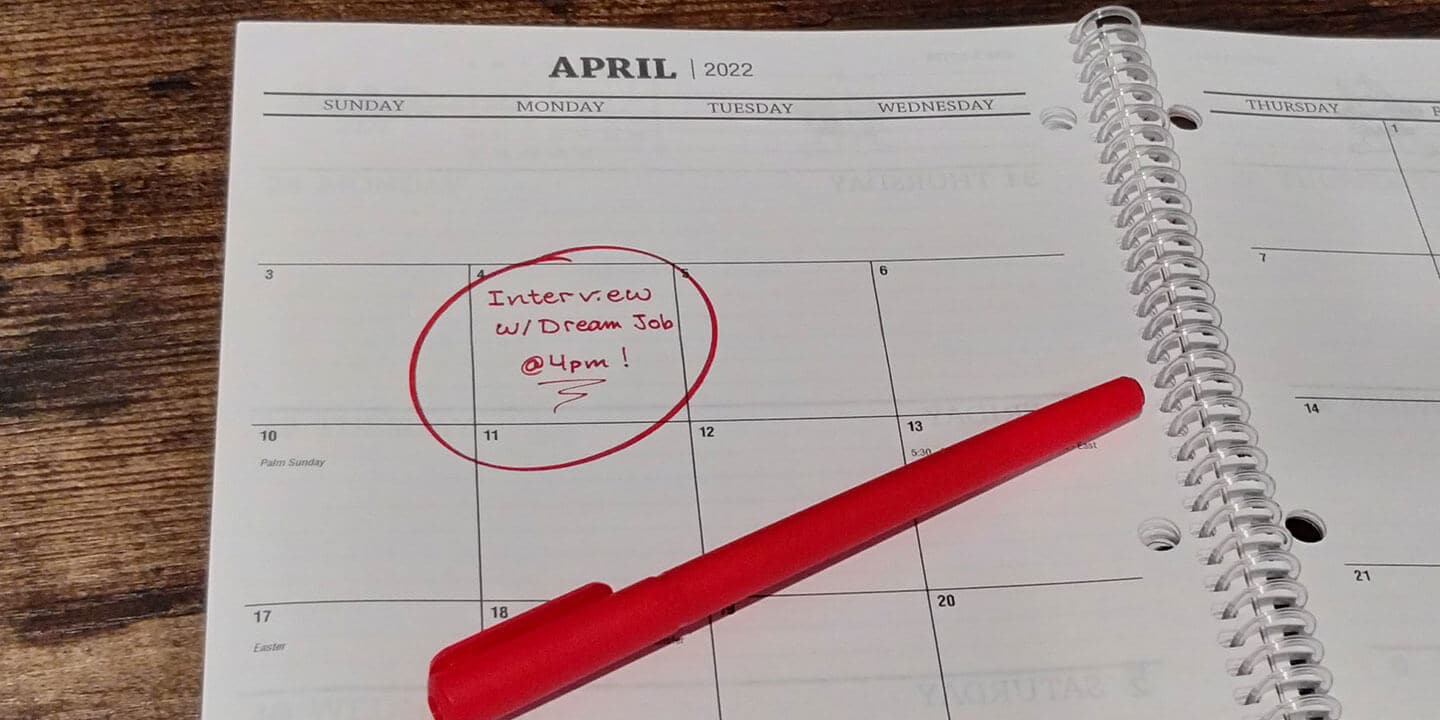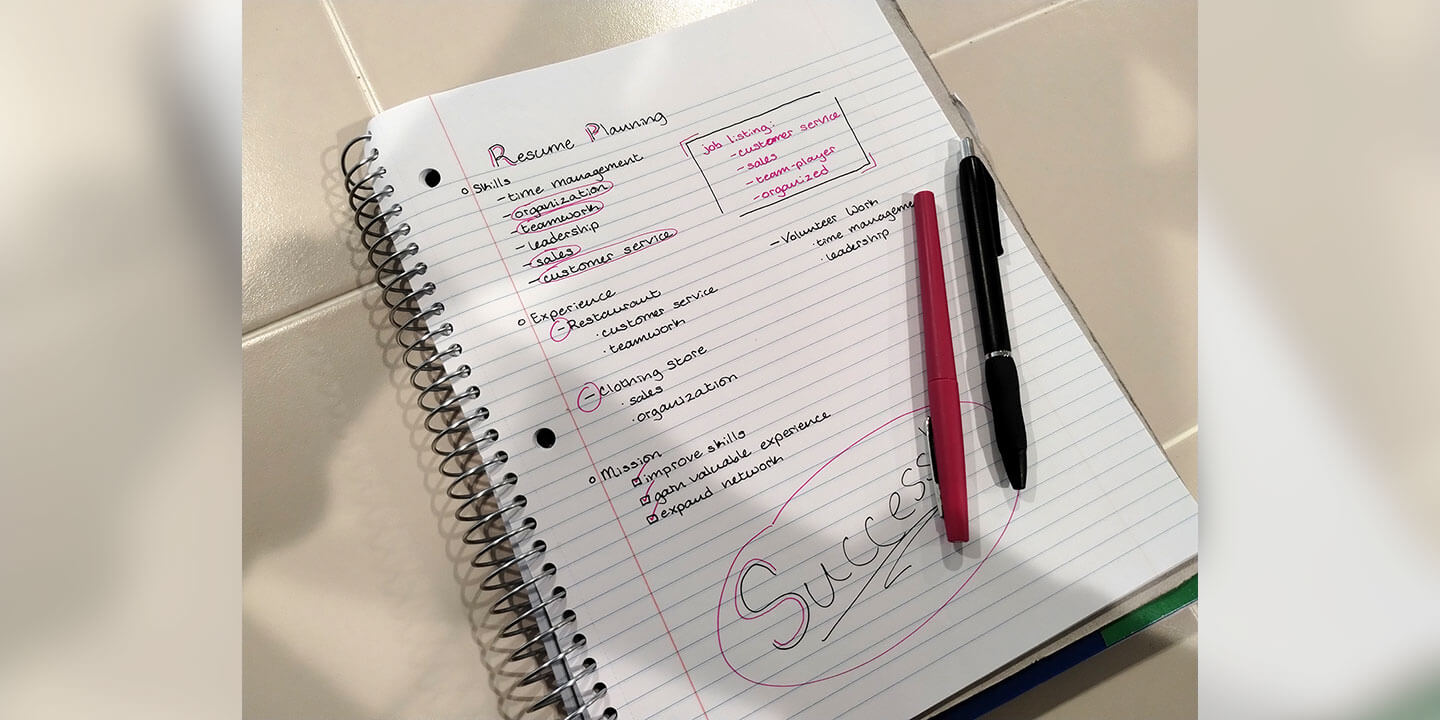
Interview Tips to Help You Land That Dream Job or Internship
Congratulations, you got an interview!
Now what?
For many, interviews are the most nerve-wracking part of the internship or job search. There are steps you can take to prepare for an interview that will help you make a great impression on your interviewer and may ultimately help you land the position!
Before The Interview:
- Research the company. You’ll want to find information like the company’s mission statement, any big projects that the company recently completed and made public, and any recent mentions of the company in the news or in relevant journals. If you go into an interview with this knowledge, you will show your interviewer that you have a genuine interest in working for their company and that you have a high level of professionalism compared to other applicants.
- Be ready to dress for the job you want. If you can, try to find out how current employees in the role you are interviewing for dress. You should try to emulate this look during the interview. If this isn’t possible, use your best judgment when deciding between formal business attire and business casual. This can be dependent on the industry you’re looking to go into and the individual company culture. Another important thing is to be sure that you go into the interview well-groomed. In general, you should be clean and free of offensive odors.
- Research commonly asked interview questions. There are lots of resources out there with questions that are often asked during interviews. Certain websites may even provide you with example answers. The important thing is to familiarize yourself with the questions that may be asked during your interview and to prepare your own answers. You want to show your interviewer that you would be an asset to the company, so you should take every question that is asked of you as an opportunity to share your relevant skills and experience.
Tips To Remember:
- Be conversational! One of the things interviewers will look for is your ability to hold a conversation because they are trying to gauge how well you will be able to communicate with clients, coworkers, and higher-ups.
- Remember that your interviewer once sat in the same seat you’re in now. Be personable, pleasant, and don’t be afraid to use humor if appropriate!
- Your body language says just as much about you as your words (if not more!) Make sure you make an appropriate level of eye contact, nod or show other signs of acknowledgment when you are being spoken to and make yourself appear as calm and collected as possible.
- Bring copies of your resume for yourself and your interviewer! This practice has become somewhat obsolete with advancements in technology, but it’s still a good idea to bring your resume to reference during the interview.
Finally, don’t be afraid to ask questions! Interviews are meant to help you just as much as they’re meant to help your interviewer decide if you would be a good fit for a certain role. Make sure you ask questions about factors that are important to you, like work-life balance, parental leave, PTO, company culture, etc. If you are looking for a company that values employees having a work-life balance and your interviewer tells you that this is not something the company is concerned about or flat-out refuses to answer, the company may not be a good fit for you.
Do you have a compelling story or student success tips you’d like to see published on the Pearson Students blog? If you are a college student and interested in writing for us – click here to pitch your idea and get started!
